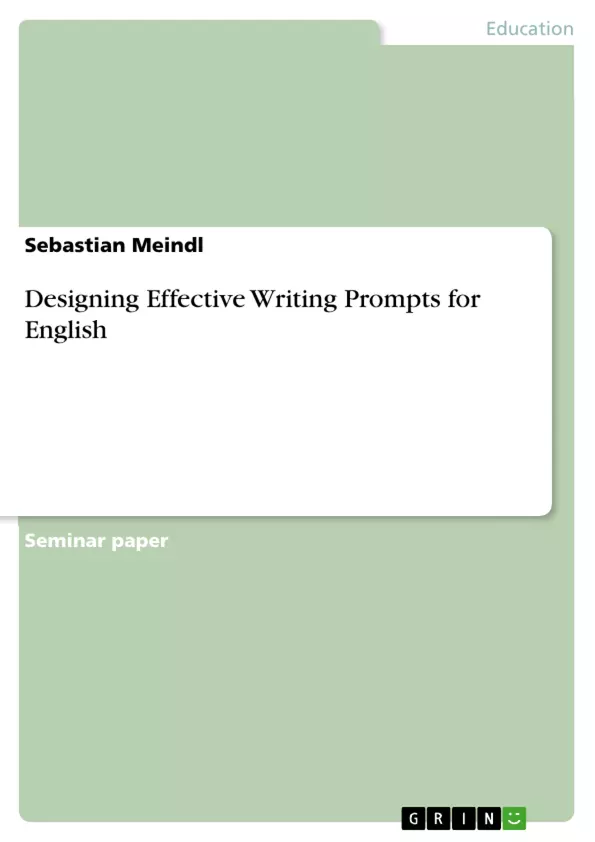A teacher has to create a work-friendly environment that engages students to participate in and become a part of the classroom activities. Since I have had some teaching experience, I know that this is the most daunting task the teacher is confronted with. Furthermore, this is a task the teacher has to fulfill every day anew. No lesson is the same, and today your class can be totally different than the day before. Students’ attitude and participation in the classroom can fall from astonishing to frustrating within moments. To be aware of the classroom vibe is most crucial to teaching success. Standing in front of the classroom, the teacher has to be able to adapt to the students’ condition, to engage with them and to arouse their interest; in short, the teacher has to be aware of his or her audience. As a teacher, you need to be able to open a communicative channel that allows you to convey your message adequately and at the same time reach your students. Both speaker and recipient have to feel comfortable with the channel and must be interested to keep this channel open. When this communicative approach becomes one-sided, the teaching will fail; either the teacher will not be able to perform in a comfortable way, or the students might not be willing to receive. This can be avoided if both sides cooperate with each other by “make[ing] your conversational contribution such as is required, at the stage at which it occurs, by the accepted purpose or direction of the talk exchange in which you are engaged“ (Grice 24). Grice talks about five maxims of conversation that need to be respected to provide a fertile ground for conversation.
Inhaltsverzeichnis (Table of Contents)
- Designing Effective Writing Prompts for English 101
- The Dilemma of Standardized Writing Prompts
- Designing Effective Writing Prompts
- Understanding the Audience
- Connecting Assignments
- Providing Clear and Concise Instructions
- The Importance of Contextualization and Sequencing
- Balancing University Requirements with Student Needs
- Evaluating Writing Prompts: Student Feedback
- The Challenges of Designing an Effective Writing Prompt
- The Role of the Teacher in Guiding Student Writing
- Providing Effective Feedback
Zielsetzung und Themenschwerpunkte (Objectives and Key Themes)
This paper examines the inadequacy of standardized writing prompts in English 101 courses at SIUC and proposes ways to improve their effectiveness. The paper aims to demonstrate how these prompts can be redesigned to facilitate student understanding of the connections between units and course progression.
- The inadequacy of standardized writing prompts
- Improving the effectiveness of writing prompts
- Facilitating student understanding of course connections
- Balancing university requirements with student needs
- The role of the teacher in guiding student writing
Zusammenfassung der Kapitel (Chapter Summaries)
The paper begins by discussing the author's personal experiences with standardized writing prompts in their English 101 courses. The author observed that students often struggled to understand the assignments, leading to frustration and a sense of helplessness. The author then explores the challenges of designing effective writing prompts that meet both university requirements and student needs. The paper delves into the importance of understanding the audience, connecting assignments, providing clear and concise instructions, and contextualizing the prompt within the course framework.
Schlüsselwörter (Keywords)
The primary focus of this paper is on the design and improvement of writing prompts for English 101 courses. Key themes include student understanding, course connections, university requirements, student needs, pedagogical approaches, and feedback strategies.
- Quote paper
- Sebastian Meindl (Author), 2010, Designing Effective Writing Prompts for English , Munich, GRIN Verlag, https://www.grin.com/document/164328



